Finding the right interior house painters in Wellington means more than just getting the job done. A successful interior painting project requires a team that knows how to prep, paint, and finish with care—especially in a damp climate. From choosing the right tools to picking long-lasting colors, this guide shows you how to compare painters, avoid common mistakes, and get the best value for your budget.
I. How to Choose Trusted Interior House Painters in Wellington
A. Verify Credentials of Your Professional House Painter
Look for painters with industry certifications and a strong track record in interior painting. You can also learn to assess painting quality from a DIY perspective, especially if you’re comparing professional results.
B. Check Reviews for Interior and Exterior Painting Projects
Read reviews on Google or the painter’s website. Look for positive feedback on punctuality, cleanliness, and overall finish. Ask for examples of past paint jobs with photos and customer testimonials.
C. Request Transparent Quotes from Trusted Auckland House Painters
In Wellington, expect to pay around NZD 30–50 per square meter for a full interior paint job. You can check the complete guide to house painting costs in NZ for more accurate budgeting.
D. Prioritize Eco-Friendly Paints Used by Professional Interior Teams
Choose painters who use low-VOC products like Resene or Dulux. These paints reduce indoor fumes and work well in Wellington’s changing weather. They’re safer for families and more durable over time.
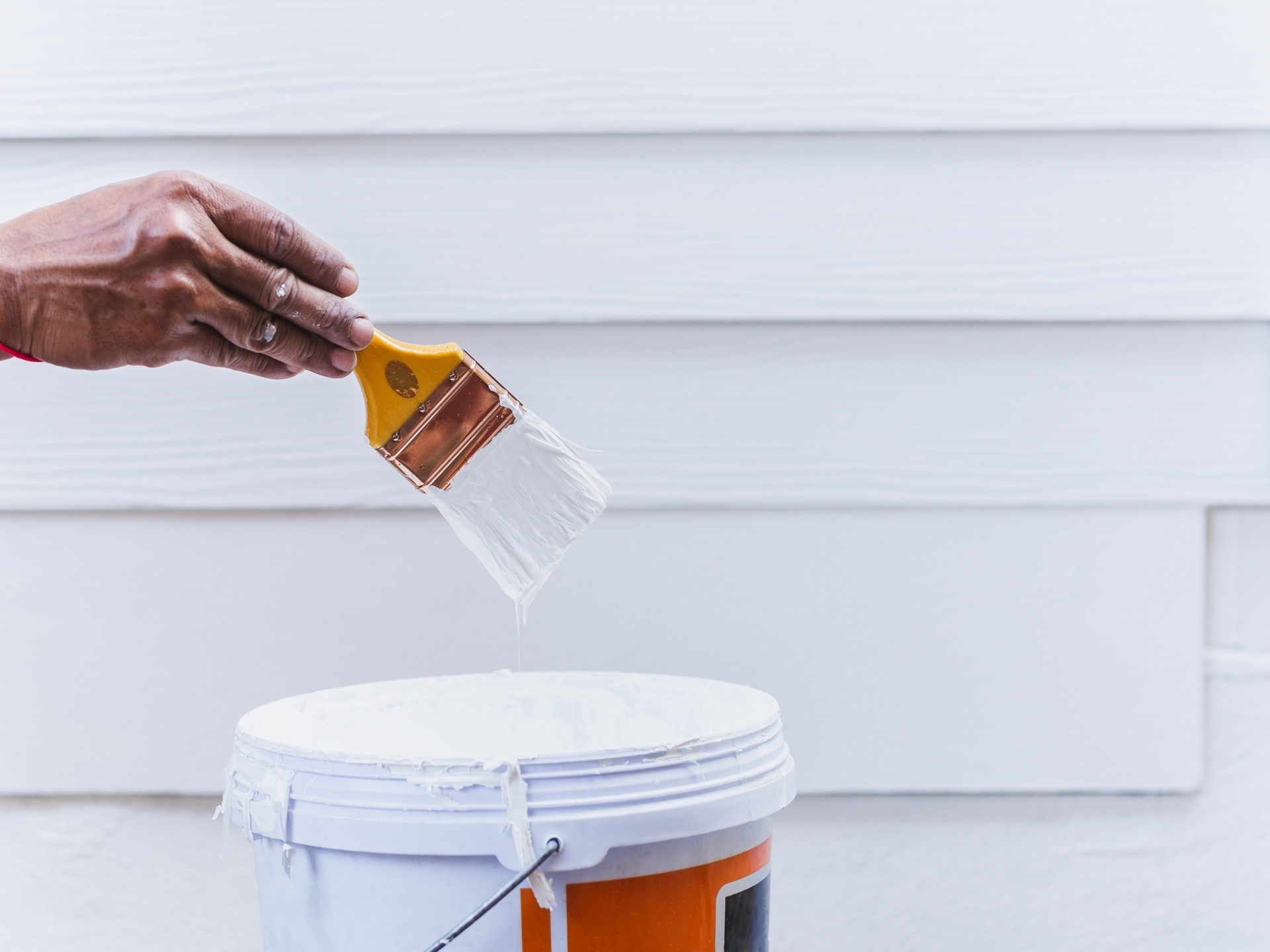
II. Professional House Painting Process for Lasting Results
A. Surface Prep Techniques Used by Expert Painting Teams
Inspect all walls for cracks or peeling. Fill gaps with spackling compound, then sand until smooth. Clean interior surfaces with a damp cloth to remove dust and mildew. This step is critical in Wellington, where moisture can damage even quality paint.
B. Applying Primer for Interior and Exterior House Surfaces
Primer seals the surface and improves adhesion. Use it on new drywall, stained walls, or when changing colors. Choose white primer for light tones or tinted for bold finishes. This base coat ensures even coverage and fewer topcoat layers.
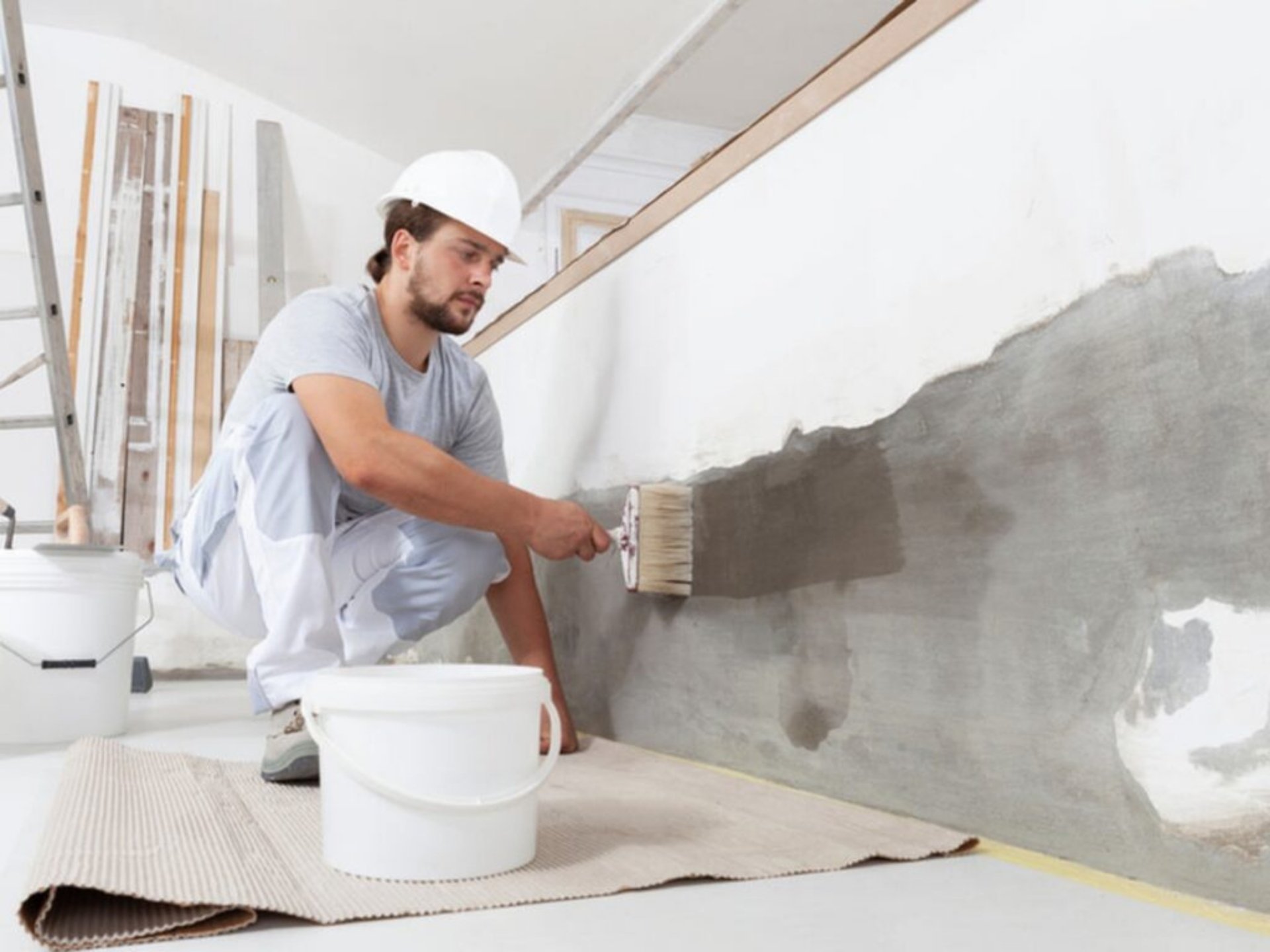
C. Topcoat Application Tips from Experienced Painters and Decorators
Cut in edges with an angled brush. Paint ceilings first, then walls, using a “W” pattern with a roller. Keep a wet edge to avoid lap marks. Always use high-quality paint designed for interior house walls. Brands like Resene or Dulux work well in moisture-prone areas.
D. Final Walkthrough and Cleanup from a Professional Painting Company
Let the paint dry completely. Check for drips or missed spots. Touch up as needed. Remove painter’s tape and clean the space. A tidy finish shows attention to detail and gives your home a fresh, decorated look.
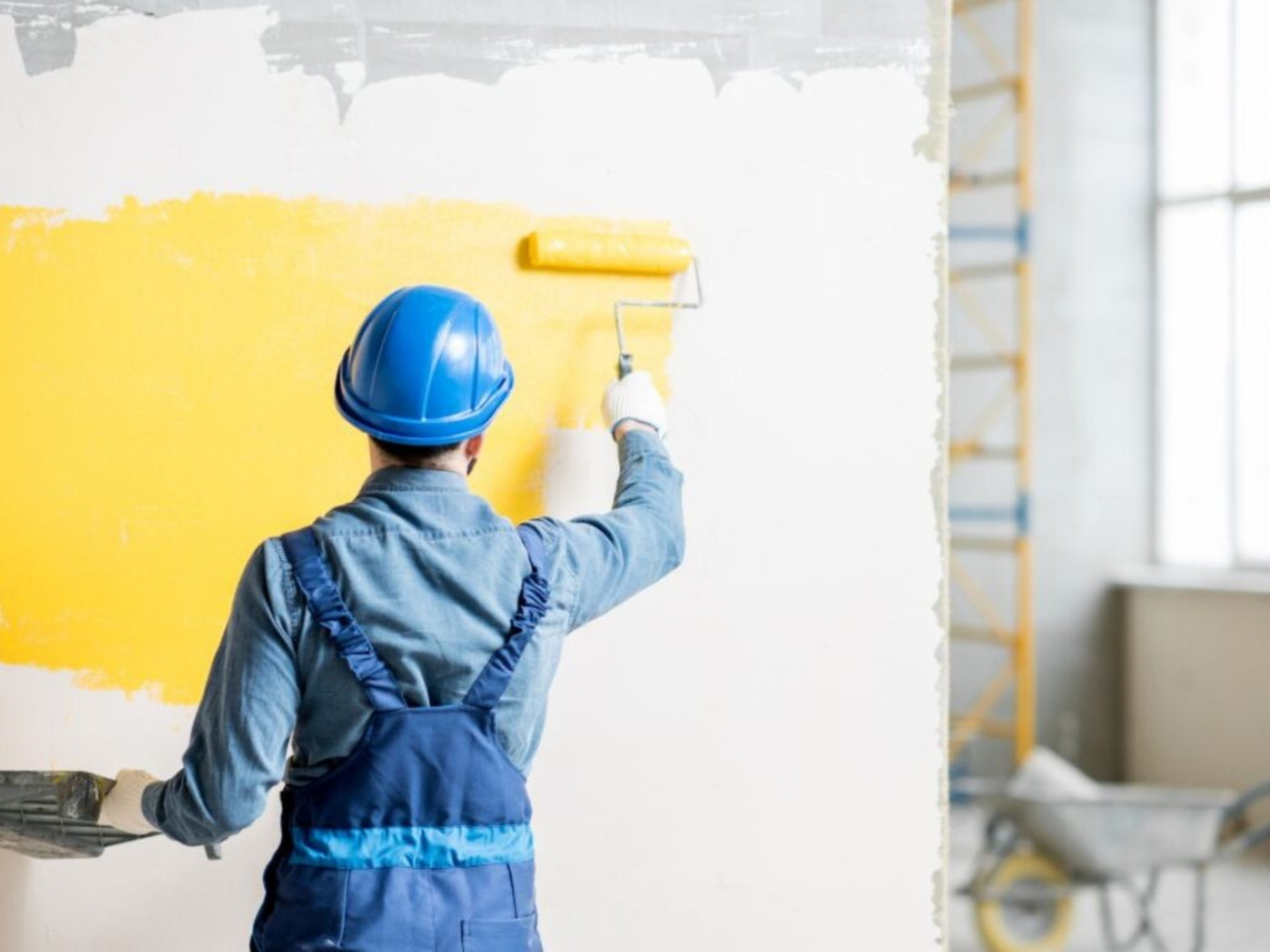
III. Choosing the right paint and tools for house painters or DIY projects
A. Choosing Brushes and Rollers Like a Master Painter
Use angled brushes between 2 and 2.5 inches for edges, trims, and tight corners. A product like the Purdy Clearcut gives you control over lines, especially along ceiling joints or baseboards. For larger surfaces, 9-inch rollers with a 3/8-inch nap work best on smooth interior walls. Wooster Pro rollers hold paint evenly and reduce splatter. A tidy finish relies as much on the tool as on the technique.
B. Understanding Paint Types, Finishes, and Their Ideal Spaces
Different rooms require different finishes. Matte paint hides imperfections and suits low-traffic areas like bedrooms. Satin finish offers subtle sheen with easy cleaning, making it perfect for living spaces. Semi-gloss is moisture-resistant and ideal for bathrooms, kitchens, or trim. Choosing the right paint finish based on surface use and lighting ensures a longer-lasting result.
C. Why Low-VOC Paints Matter in Every Auckland Home
For healthier indoor air, especially in family homes, opt for low-VOC products during your interior painting project. Resene Zylone Sheen and Dulux Wash & Wear are two high-quality options that reduce fumes while delivering excellent coverage. These products suit both commercial painting and residential jobs, helping meet eco-standards without compromising quality.
D. How to Calculate Paint Quantity for the Entire House
To avoid wastage or shortages, calculate paint coverage accurately. One liter typically covers ten square meters. Add an extra ten percent to account for touch-ups or uneven walls. Use tools like Resene’s online paint calculator or try our own paint calculator for square meter coverage to estimate total paint volume based on room size.
IV. Color Selection & 2025 Trends for Every House Interior
A. Color Psychology in Residential and Commercial Painting
Every color conveys a specific mood in interior painting. Blue encourages tranquility and concentration, making it ideal for bedrooms and serene areas. White symbolizes clarity and can make narrow hallways appear more spacious. Warm hues like terracotta or soft gold evoke a feeling of warmth and stability. When selecting colors for an interior painting project, it’s important to consider the function of each room, not just its appearance.
B. Aligning Colors with Interior Layout and Natural Light
Light shades can create the illusion of more space in smaller rooms. Soft grey, beige, and cream are excellent choices for cozy areas with minimal natural light. In larger spaces, you can afford to be more adventurous with your color palette. Rich greens or deep navy can add visual interest and are effective for accent walls in living areas. Keep in mind how sunlight enters the space.
C. How to Test Paint Samples in Your Auckland House
Color samples reveal the reality in any interior painting project. Place two or three samples on various walls in every room. Observe them in the morning, afternoon, and evening. The indoor lighting and weather can alter how the color looks. A gentle gray may appear vibrant at noon but dull by evening. Pay attention to how the finish and shade change throughout the day before reaching a final choice.
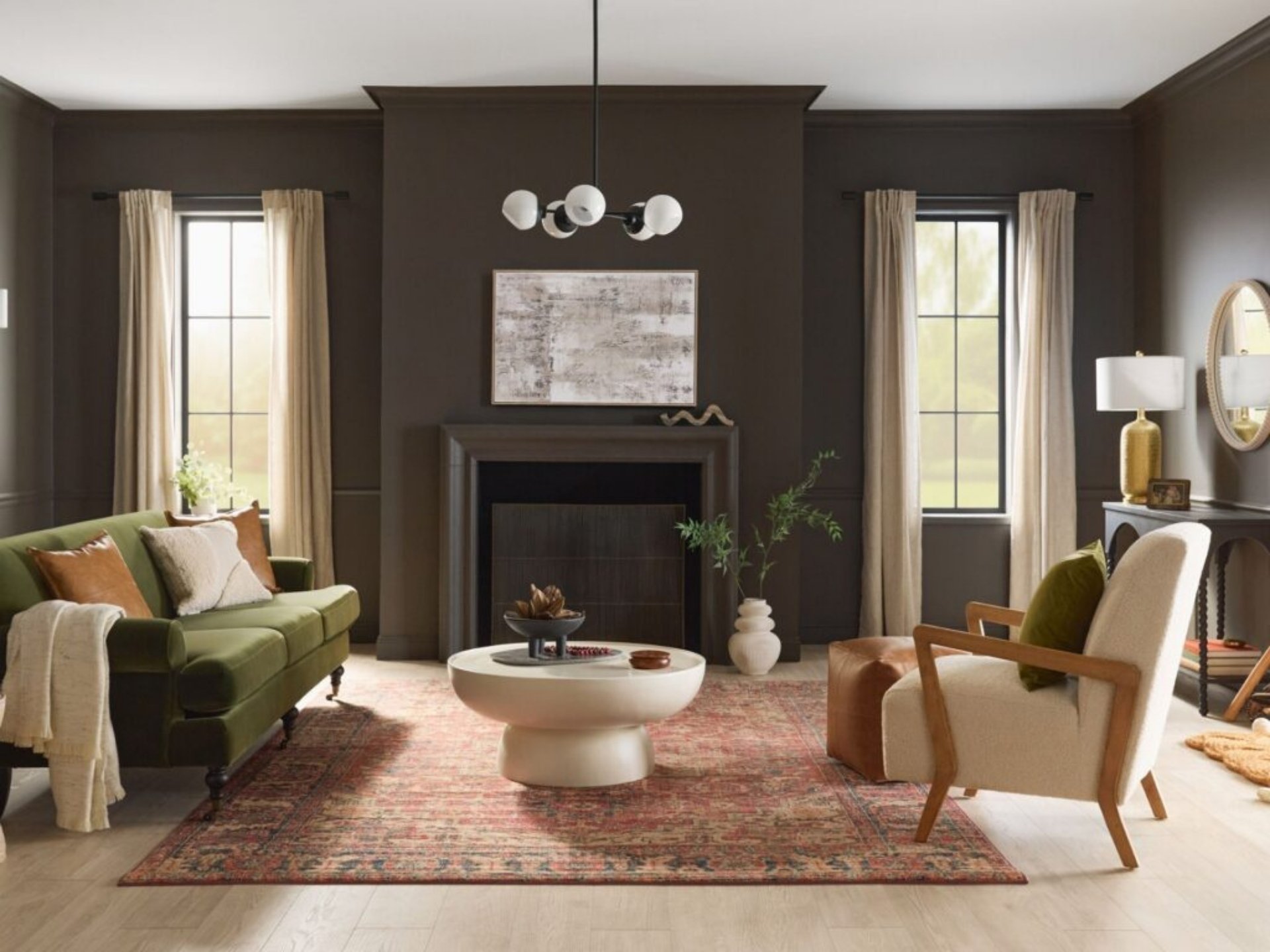
V. Interior House Painter Cost Guide and Smart Budgeting Tips
A. Interior cost-effective house
Hiring a professional interior painting company in Wellington typically costs between NZD 30 and 50 per square meter. Pricing depends on room size, surface condition, and the type of paint used. A standard 20-square-meter room might range from NZD 600 to 1000. Always request detailed estimates that break down labor, materials, and prep work for your specific interior painting job.
B. DIY vs. professional house painters in Auckland: Which saves you more?
DIY interior painting reduces labor costs but requires more time and effort. Mistakes may lead to higher expenses later. Professional painters deliver a cleaner, faster result and often include a workmanship guarantee. Companies like Wellington Decorators ensure consistency across all interior and exterior painting surfaces, from prep to final coat.

C. Cost-Effective Paint Choices from High-Quality Painting Services
Using quality paint avoids frequent repaints in any interior painting project. Premium brands like Resene or Dulux offer longer wear, better coverage, and lower maintenance. Bulk buying reduces cost per liter, especially for larger interior painting jobs such as full house painting or commercial interiors. Investing in quality paint early saves time and effort down the line while ensuring long-lasting interior painting results.
D. Reusing Tools to Cut Costs Across Interior and Exterior Projects
Proper tool care helps cut repeat expenses. Clean brushes and rollers with warm soapy water after each session. Let them dry fully before storing. Tidy storage keeps tools in shape and ready for the next project. Reuse is especially helpful across multiple areas, such as interior and exterior zones.
VI. Maintaining Your Painted House Like a Pro
A fresh interior painting coat won’t stay flawless forever. Proper care keeps your walls clean, vibrant, and free from common interior paint issues. Whether you’re working with a professional house painting team or handling it solo, these tips help protect your investment.
A. Routine Care from a Reliable House Painting Team
Wipe walls gently with a soft cloth every six months. Focus on removing dust buildup, especially in high-traffic areas. Perform a full home inspection once a year. Look for small cracks, faded sections, or worn trim. A trusted painting team often offers maintenance plans as part of their high-quality painting services. Early touch-ups prevent larger repairs across your entire house.
B. Fixing Peeling Paint with Thorough Preparation
Peeling starts in damp or poorly ventilated corners. Scrape away flaking paint with care. Sand the surface to smooth it. Apply primer to seal the area before repainting. Address underlying issues such as trapped humidity. In the Auckland area, where moisture is common, even professional interior finishes can fail without proper treatment. Expert painting services always start with thorough preparation.
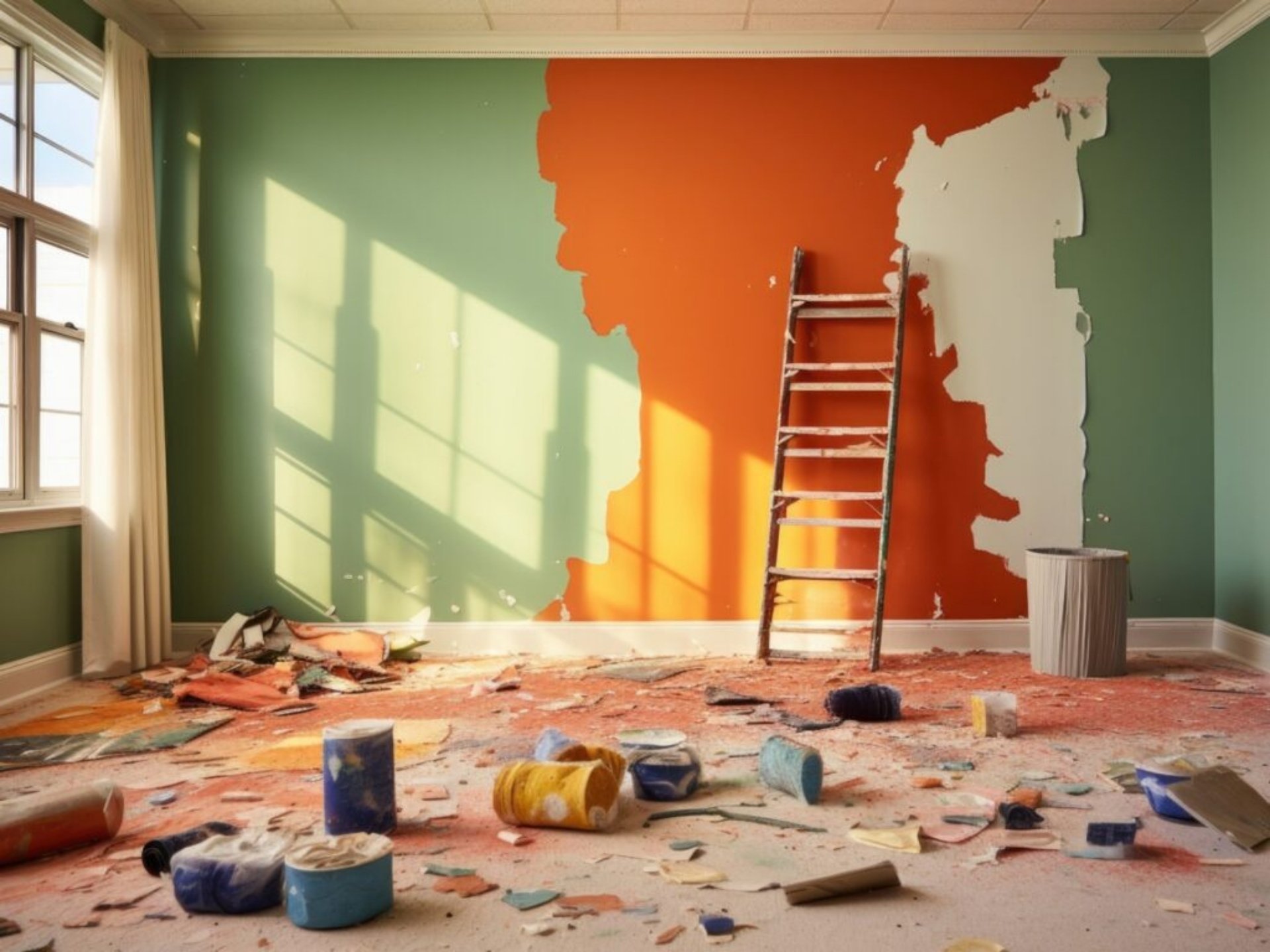
C. Preventing Mold and Mildew in Damp Areas of Your Home
Bathrooms and kitchens demand moisture-resistant coatings for successful interior painting. Use mold-blocking products like Resene Kitchen & Bathroom. Ensure airflow during and after each job. A member of master painters or any experienced home painters will advise opening windows and using exhaust fans. Keeping interiors dry protects indoor air quality and reduces health risks.
D. Correcting Streaks and Drips with Help from Expert Painting Services
Uneven coverage comes from overloaded brushes or poor roller technique. Fix issues by sanding gently and reapplying thin coats. Use less paint and apply it slowly. Expert painters and decorators often use test patches before final coats. Investing in high-quality tools and hiring a reliable Auckland painters team reduces the need for corrections later.
VII. Conclusion
A great interior painting project starts with smart choices. With the right interior house painters, quality tools, and proper planning, your home can feel brand new. Want results that last? Work with trusted professionals like Wellington Decorators and bring your vision to life—flawlessly.
